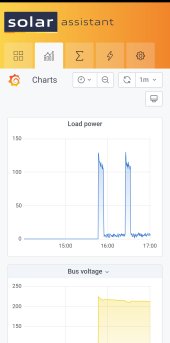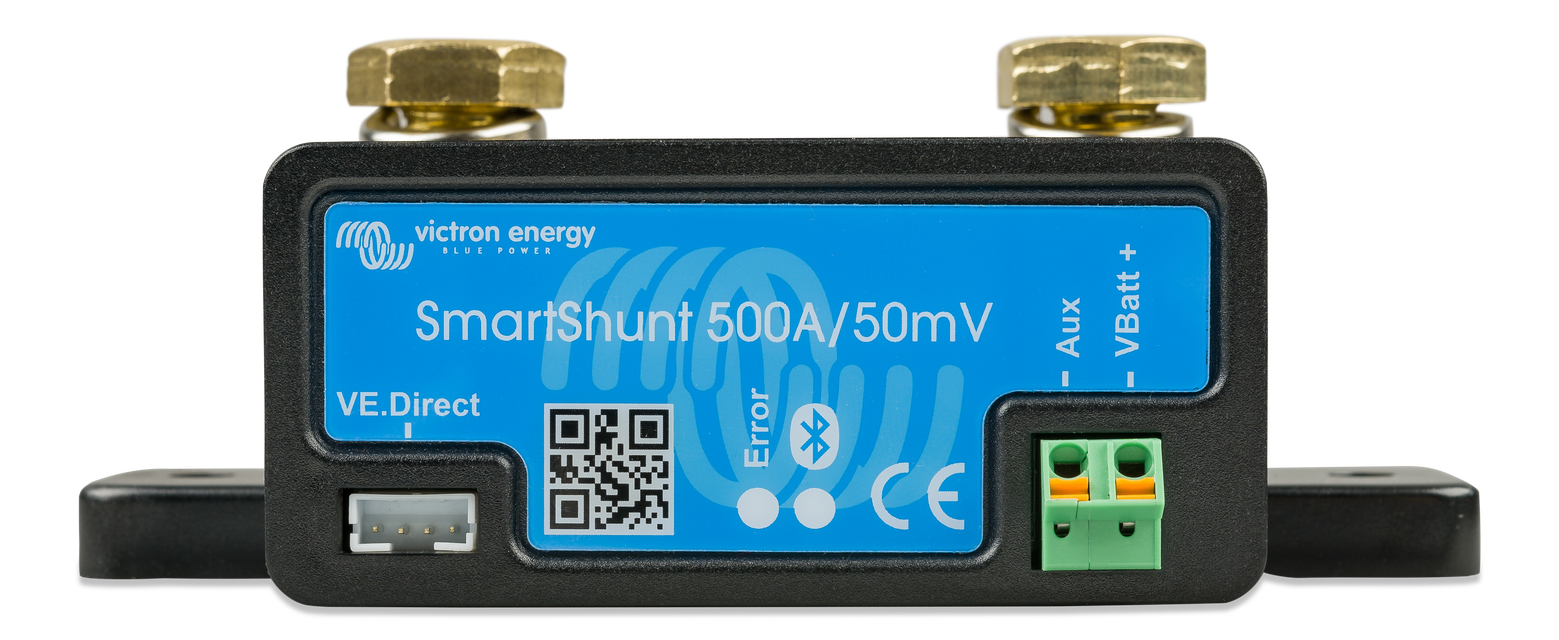sunshine_eggo
Happy Breffast!
Something that I don't recall discussing...
Length of wire between panels and MPPT?
Length of wire between panels and MPPT?
Yeah I get that. This was only comparing like a week ago to now so shouldn't be that much difference but I am waiting for a really clear sunny day to really get a comparison before I make any changes back to 4S. It may just be that we had some really bright sunny days a week or two ago and the spotty sun we have had just hasn't been as good as I think it's been in comparison. Once we get a really clear day then I should have a better comparison, but I was more asking if maybe there could be some other explanation where my MPPT may like higher voltage (80v) with lower current a lot better than my new (40v) with higher current or it just could be that I need some better sun ?.Assuming you're in the Northern hemisphere, the closer we get to the Winter Solstice, the worse our available solar becomes. If you're trying to compare what you remember to what you're seeing now, it's just not going to be reliable.
If you really think it is an issue, you can revert to 4S.
It's slightly less than 50ftSomething that I don't recall discussing...
Length of wire between panels and MPPT?


Am I paying too much attention to the voltage?
I'm looking at it like the state of charge percentage on my little Jackery portable battery I guess. The state of charge on my MPP display seems totally unreliable.
So what do I go off of? I was expecting to see the the voltage slowly come down from 28.8v as battery power was used for my load.
Should I get a good battery monitor shunt ? Would that help me to see my actual state of charge better and this would make more sense to me?
This is exactly what I've been asking Big battery directly and ShopSolarKits.com. I've asked repeatedly if my bulk and float both should be 28.8v. I said this doesn't seem right from what I've read and seen elsewhere. They both said it's right. Follow what is in the specs! ?
My understanding is that MPP reports SOC via voltage. There is not even a option for defining the size of battery.

I'm planning on getting a second mule 24v battery to add in a few weeks when they get them in stock. I've already ordered it. Should I get one of the Victron shunts that have the option to monitor a second battery in this case?It's confusion surrounding the claims that LFP don't need a float voltage - that's true if you're just storing them. However, in a solar power system, the float voltage is what is used to tell the solar when to power the loads.
Battleborn indicates their 12V should be floated at no higher than 13.6V. That's 3.4V/cell. Floating at 3.4V will hold the battery at 95-98% SoC. If it's good enough for Battleborn, it's good enough for me.
Then it's junk. A shunt or hall effect battery monitor is the way to go.

Off-grid Solar Battery Monitors
Building a vehicle mounted solar power system? Let me help.www.mobile-solarpower.com
The first 3 are good options.
I'm planning on getting a second mule 24v battery to add in a few weeks when they get them in stock. I've already ordered it. Should I get one of the Victron shunts that have the option to monitor a second battery in this case?
Do you think my float setting caused any major damage already? ?
If I go to having two batteries, would I ideally want two shunts to be able to see each battery individually or just one for the combo or them?


